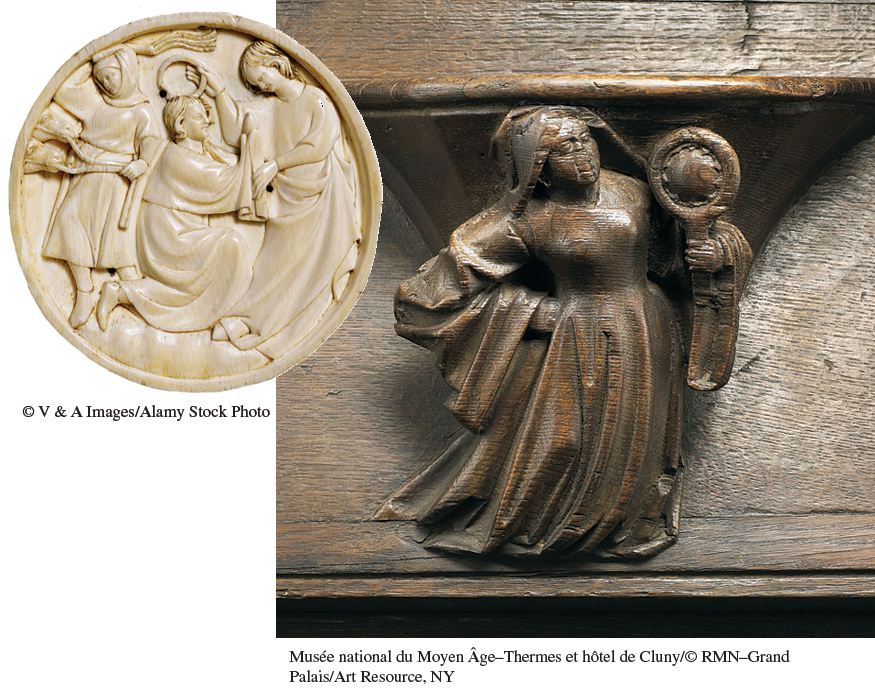A History of Western Society: Printed Page 304
A History of Western Society, Value Edition: Printed Page 293
A History of Western Society, Concise Edition: Printed Page 304
The Commercial Revolution
Changes in business procedures, combined with the growth in trade, led to a transformation of the European economy often called the commercial revolution by historians, who see it as the beginning of the modern capitalist economy. In using this label, historians point not only to increases in the sheer volume of trade and in the complexity and sophistication of business procedures, but also to the development of a new “capitalist spirit” in which making a profit is regarded as a good thing in itself, regardless of the uses to which that profit is put. (See “Individuals in Society: Francesco Datini.”) Because capitalism in the Middle Ages primarily involved trade rather than production, it is referred to as mercantile capitalism.
Part of this capitalist spirit was a new attitude toward time. Country people needed only approximate times — dawn, noon, sunset — for their work. Monasteries needed more precise times to call monks together for the recitation of the Divine Office. In the early Middle Ages monks used a combination of hourglasses, sundials, and water-

The commercial revolution created a great deal of new wealth, which did not escape the attention of kings and other rulers. Wealth could be taxed, and through taxation kings could create strong and centralized states. The commercial revolution also provided the opportunity for thousands of serfs to improve their social position. The slow but steady transformation of European society from almost completely rural and isolated to urban and relatively more sophisticated constituted the greatest effect of the commercial revolution that began in the eleventh century.
Even so, merchants and business people did not run medieval communities other than in central and northern Italy and in the county of Flanders. Kings and nobles maintained ultimate control over most European cities, such as Paris, London, and Córdoba. Most towns remained small, and urban residents never amounted to more than 10 percent of the total European population. The commercial changes of the eleventh through thirteenth centuries did, however, lay the economic foundations for the development of urban life and culture.